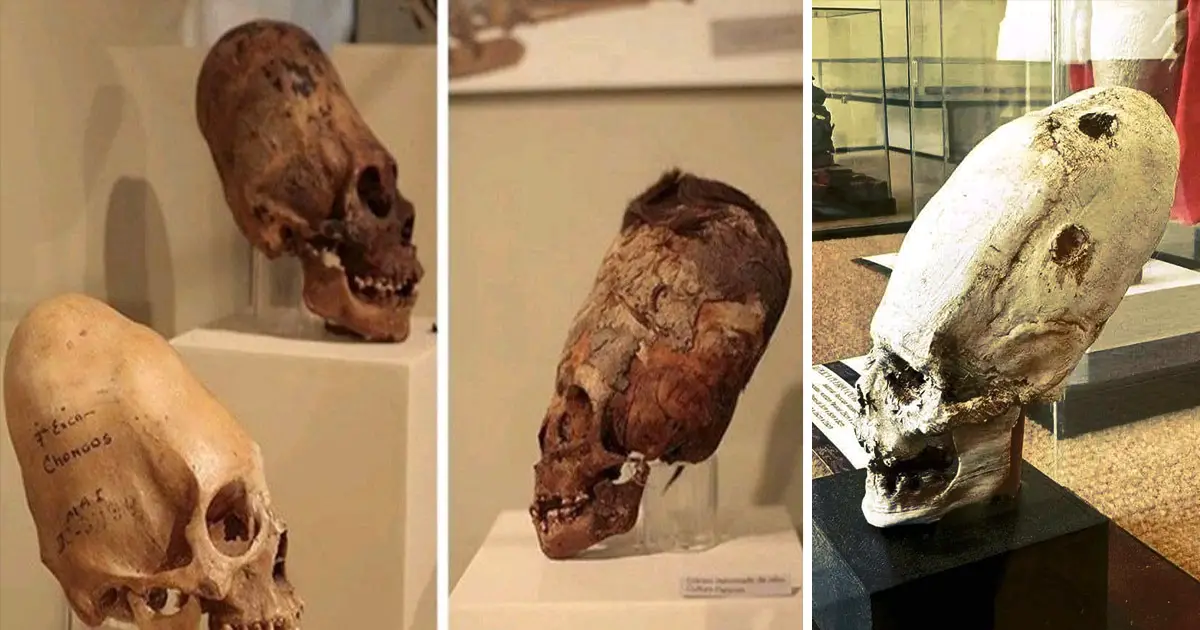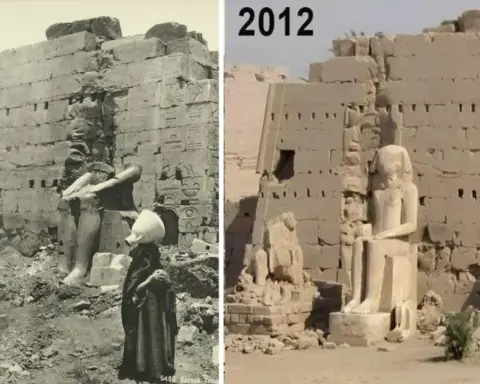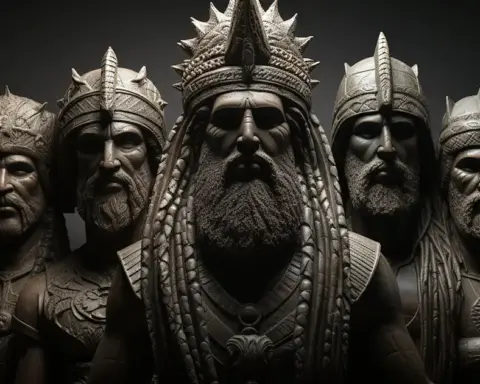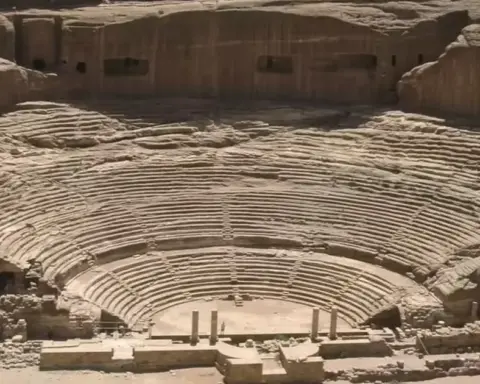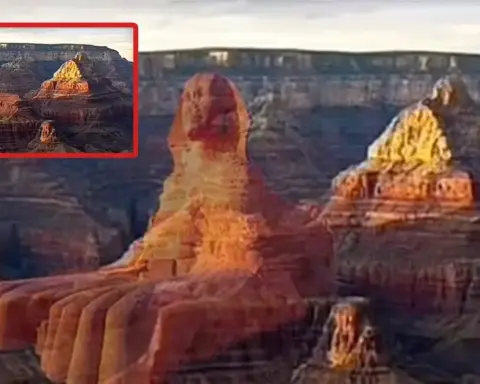The mystery of the Paracas’ elongated skulls has tantalized researchers and enthusiasts alike, weaving a complex narrative that straddles the line between the tangible evidence of history and the boundless realms of speculation. Nestled within the arid expanse of the Paracas Peninsula in Peru, these skulls serve as silent witnesses to an ancient civilization’s practices, igniting a debate that flits between the realms of cultural tradition and the intriguing possibility of extraterrestrial influence.
The Discovery of the Elongated Skulls
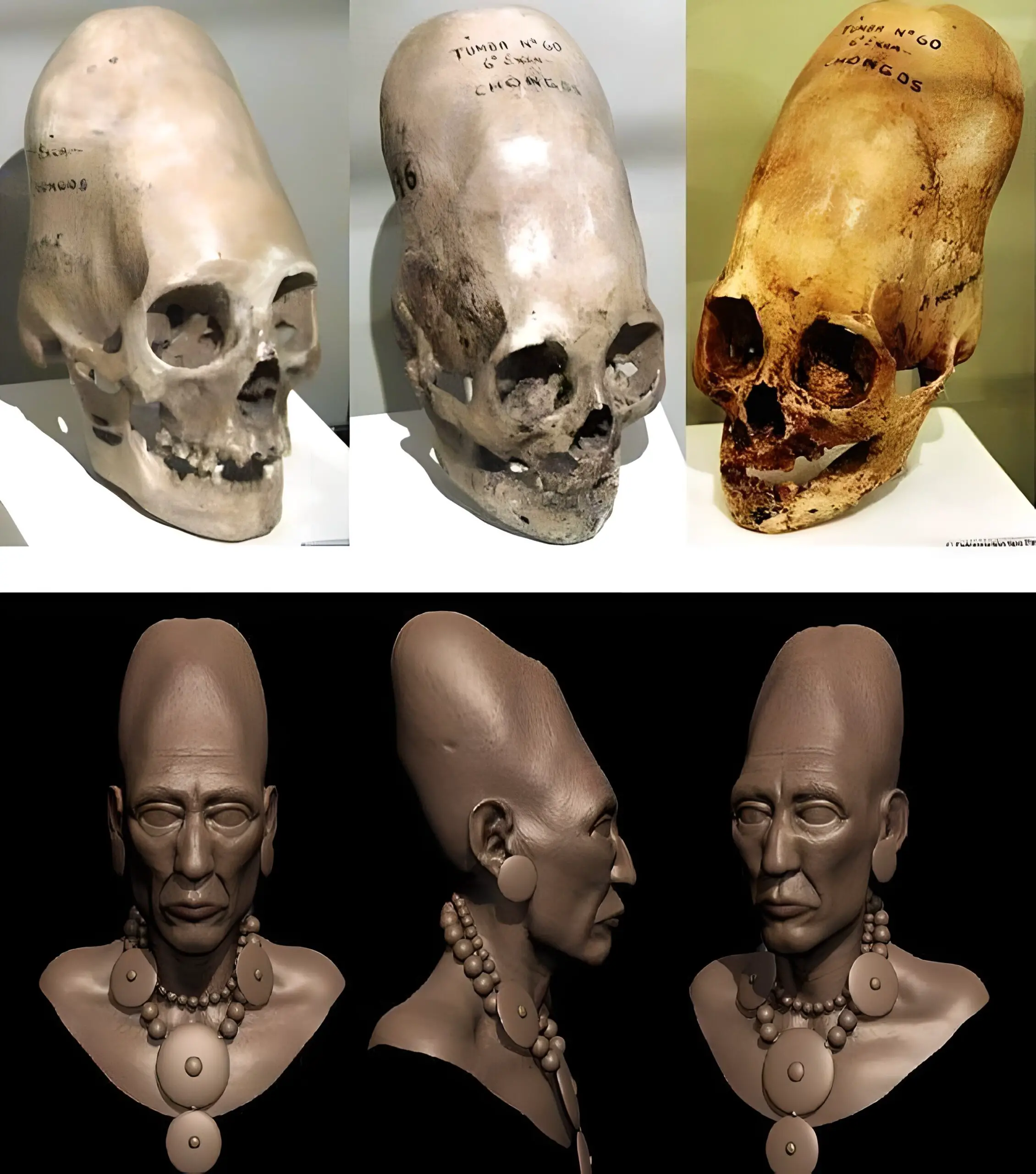
The discovery of the Paracas’ elongated skulls has been nothing short of a revelation, unearthing a practice dating back some 3,000 years. This ancient civilization’s penchant for cranial modification has drawn parallels with Neanderthals from 45,000 years ago, suggesting a widespread human fascination with skull shaping. Today, this tradition offers a haunting glimpse into the past, bridging millennia through the continuity of a singular, mystifying practice.
Cultural Tradition and Cranial Deformation
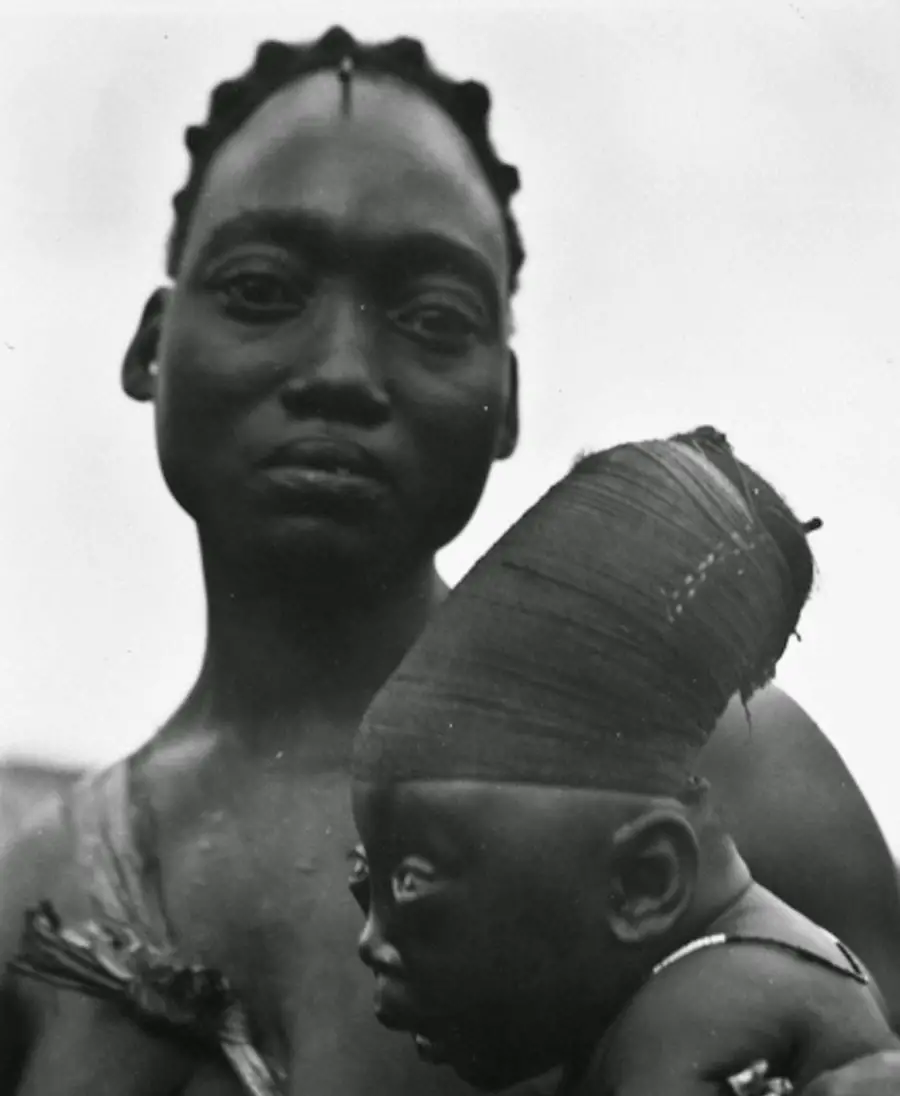
The process known as cranial deformation, identified by archaeologists and anthropologists, highlights a deliberate, methodical approach to altering the human skull’s shape. From infancy, the application of wooden boards or cloth wrappings would gradually mold the skull, elongating it over time. This practice, shared by diverse cultures such as the Egyptians, Mayans, and Incas, reflects a myriad of reasons—religious, social, or simply aesthetic. For the Paracas, this could signify status, beauty, or group affiliation, grounding the phenomenon firmly within the realm of human tradition and societal norms.

The Extraterrestrial Hypothesis
Amidst the consensus of cultural tradition lies a more controversial narrative: the extraterrestrial hypothesis. This theory suggests that the ancient Peruvians were emulating beings from beyond our world, inspired by encounters with extraterrestrial visitors. Proponents of this view argue that ancient texts and artifacts worldwide hint at such contact, positing that the elongation of skulls was an attempt to mirror these celestial visitors. Despite its allure, this theory faces staunch skepticism from the scientific community, which demands concrete evidence of such otherworldly interactions.
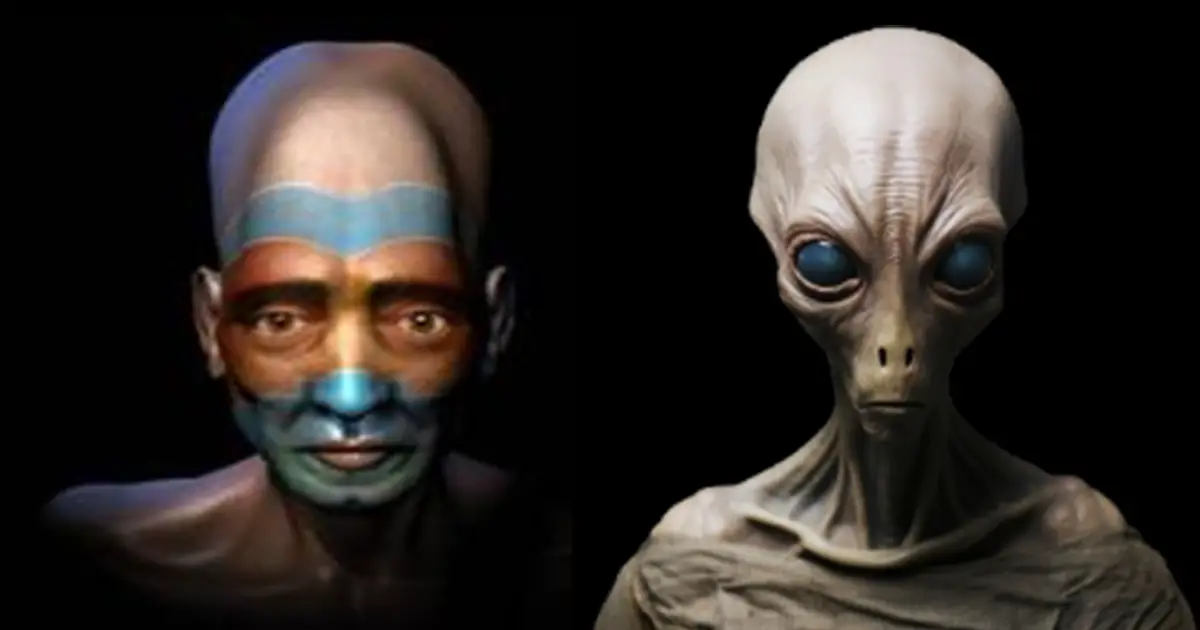
The Enduring Enigma
The Paracas elongated skulls remain enveloped in mystery, a testament to human curiosity and our enduring fascination with the unknown. While scientific evidence leans heavily towards cultural practices, the allure of alternative explanations speaks to our collective imagination and the tantalizing possibility of uncovering hidden chapters in our history. The debate continues, fueled by the discovery of each new skull, each artifact, and each ancient text, inviting us to ponder the true origins of these enigmatic cranial shapes.

